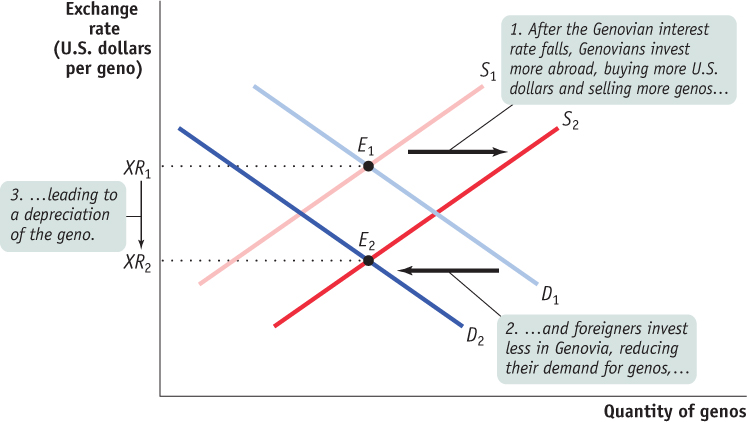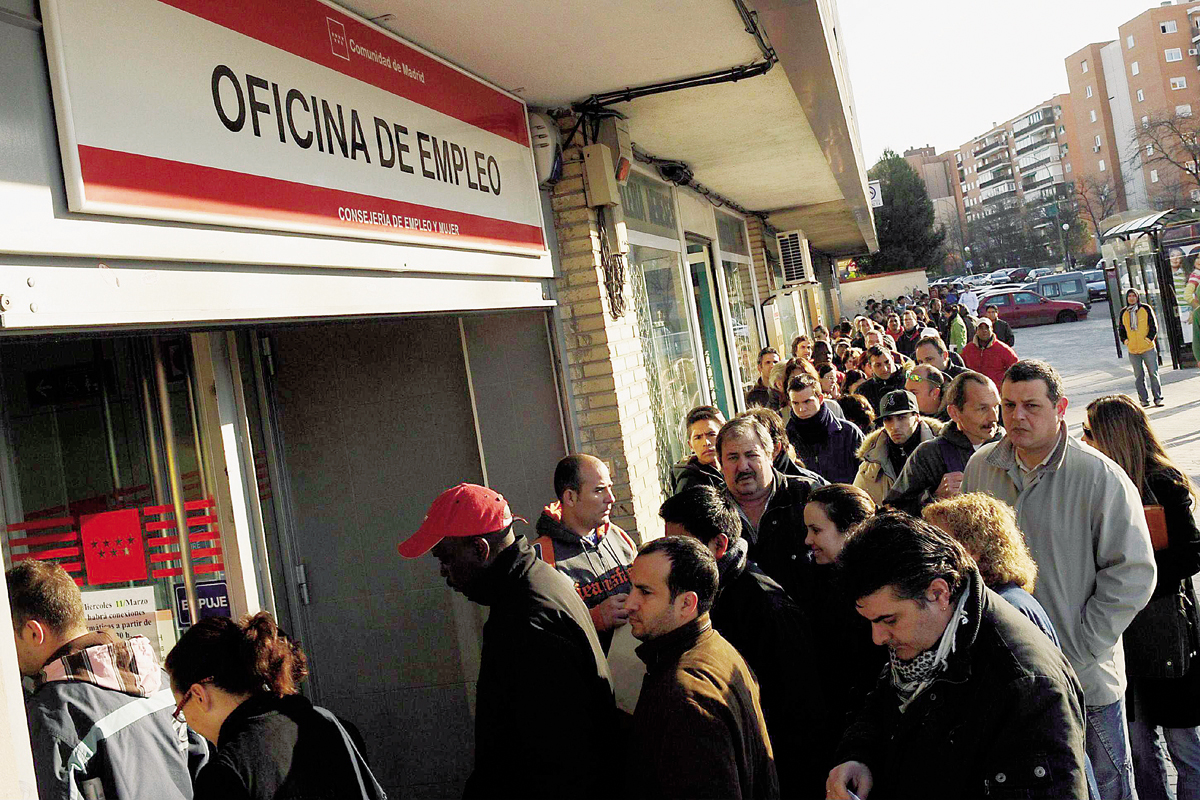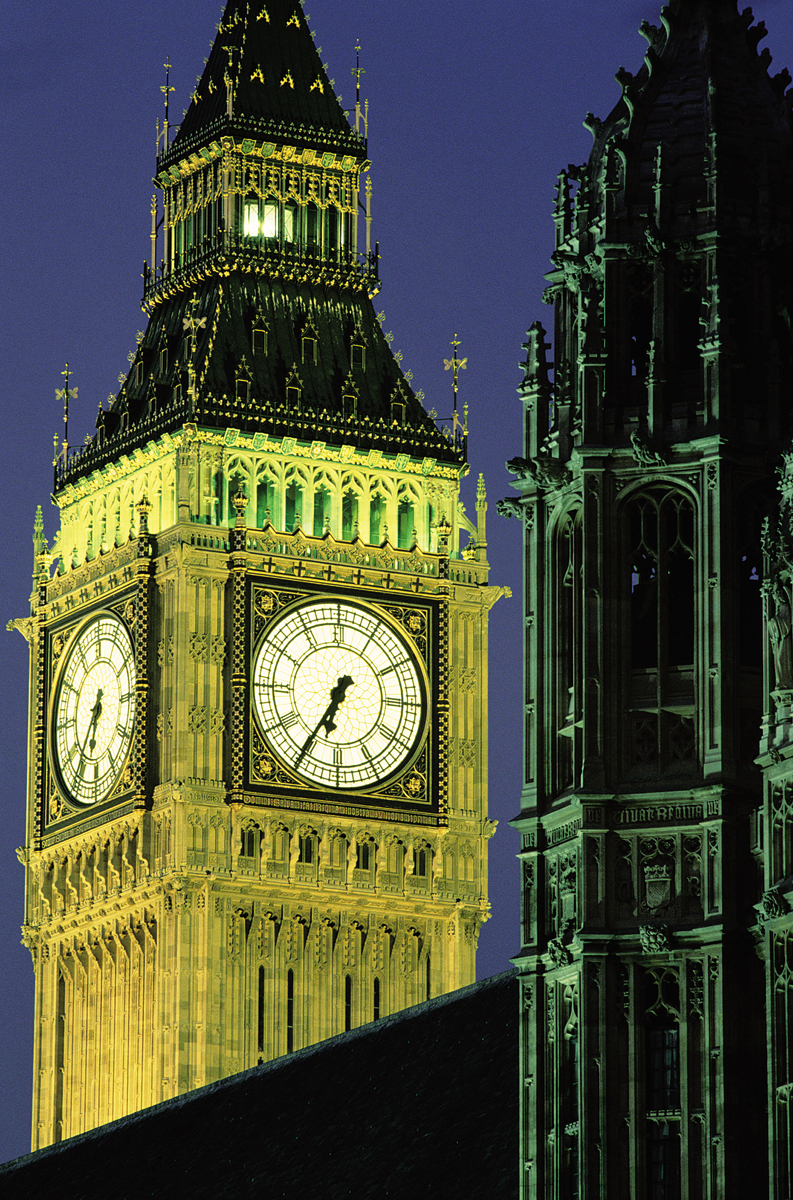Exchange Rates and Macroeconomic Policy
When the euro was created in 1999, there were celebrations across the nations of Europe—
Why did Britain say no? Part of the answer was national pride: for example, if Britain gave up the pound, it would also have to give up currency that bears the portrait of the queen. But there were also serious economic concerns about giving up the pound in favor of the euro. British economists who favored adoption of the euro argued that if Britain used the same currency as its neighbors, the country’s international trade would expand and its economy would become more productive. But other economists pointed out that adopting the euro would take away Britain’s ability to have an independent monetary policy and might lead to macroeconomic problems.
As this discussion suggests, the fact that modern economies are open to international trade and capital flows adds a new level of complication to our analysis of macroeconomic policy. Let’s look at three policy issues raised by open-
Devaluation and Revaluation of Fixed Exchange Rates
Historically, fixed exchange rates haven’t been permanent commitments. Sometimes countries with a fixed exchange rate switch to a floating rate. In other cases, they retain a fixed exchange rate regime but change the target exchange rate. Such adjustments in the target were common during the Bretton Woods era, discussed in the next FYI box. For example, in 1967, Britain changed the exchange rate of the pound against the U.S. dollar from US$2.80 per £1 to US$2.40 per £1. A modern example is Argentina, which maintained a fixed exchange rate against the dollar from 1991 to 2001, but switched to a floating exchange rate at the end of 2001.
A devaluation is a reduction in the value of a currency that is set under a fixed exchange rate regime.
A revaluation is an increase in the value of a currency that is set under a fixed exchange rate regime.
A reduction in the value of a currency that is set under a fixed exchange rate regime is called a devaluation. As we’ve already learned, a depreciation is a downward move in a currency. A devaluation is a depreciation that is due to a revision in a fixed exchange rate target. An increase in the value of a currency that is set under a fixed exchange rate regime is called a revaluation.
AP® Exam Tip
A devaluation of a currency makes exports increase because they appear cheaper to foreign buyers, and a revaluation of a currency makes exports decrease because they appear more expensive to foreign buyers.
A devaluation, like any depreciation, makes domestic goods cheaper in terms of foreign currency, which leads to higher exports. At the same time, it makes foreign goods more expensive in terms of domestic currency, which reduces imports. The effect is to increase the balance of payments on the current account. Similarly, a revaluation makes domestic goods more expensive in terms of foreign currency, which reduces exports, and makes foreign goods cheaper in domestic currency, which increases imports. So a revaluation reduces the balance of payments on the current account.
Devaluations and revaluations serve two purposes under a fixed exchange rate regime. First, they can be used to eliminate shortages or surpluses in the foreign exchange market. For example, in 2010, some economists urged China to revalue the yuan so that it would not have to buy up so many U.S. dollars on the foreign exchange market.
Second, devaluation and revaluation can be used as tools of macroeconomic policy. A devaluation, by increasing exports and reducing imports, increases aggregate demand. So a devaluation can be used to reduce or eliminate a recessionary gap. A revaluation has the opposite effect, reducing aggregate demand. So a revaluation can be used to reduce or eliminate an inflationary gap.
From Bretton Woods to the Euro
From Bretton Woods to the Euro
In 1944, while World War II was still raging, representatives of the Allied nations met in Bretton Woods, New Hampshire, to establish a postwar international monetary system of fixed exchange rates among major currencies. The system was highly successful at first, but it broke down in 1971. After a confusing interval during which policy makers tried unsuccessfully to establish a new fixed exchange rate system, by 1973 most economically advanced countries had moved to floating exchange rates.
In Europe, however, many policy makers were unhappy with floating exchange rates, which they believed created too much uncertainty for business. From the late 1970s onward they tried several times to create a system of more or less fixed exchange rates in Europe, culminating in an arrangement known as the Exchange Rate Mechanism. (The Exchange Rate Mechanism, strictly speaking, was a “target zone” system—
The accompanying figure illustrates the history of European exchange rate arrangements. It shows the exchange rate between the French franc and the German mark, measured as francs per mark, since 1971. The exchange rate fluctuated widely at first. The “plateaus” you can see in the data—
In 1999 the exchange rate was “locked”—no further fluctuations were allowed as the countries prepared to switch from francs and marks to euros. At the end of 2001, the franc and the mark ceased to exist.

The transition to the euro has not been without costs. With most of Europe sharing the same currency, it must also share the same monetary policy. Yet economic conditions in the different countries aren’t always the same.
For example, there were serious stresses within the eurozone between 2008 and 2012, when the global financial crisis hit some countries, such as Greece, Portugal, Spain, and Ireland, much more severely than it hit others, notably Germany.
Monetary Policy Under a Floating Exchange Rate Regime
Under a floating exchange rate regime, a country’s central bank retains its ability to pursue independent monetary policy: it can increase aggregate demand by cutting the interest rate or decrease aggregate demand by raising the interest rate. But the exchange rate adds another dimension to the effects of monetary policy. To see why, let’s return to the hypothetical country of Genovia and ask what happens if the central bank cuts the interest rate.
Just as in a closed economy, a lower interest rate leads to higher investment spending and higher consumer spending. But the decline in the interest rate also affects the foreign exchange market. Foreigners have less incentive to move funds into Genovia because they will receive a lower rate of return on their loans. As a result, they have less need to exchange U.S. dollars for genos, so the demand for genos falls. At the same time, Genovians have more incentive to move funds abroad because the rate of return on loans at home has fallen, making investments outside the country more attractive. Thus, they need to exchange more genos for U.S. dollars and the supply of genos rises.
Figure 43.2 shows the effect of an interest rate reduction on the foreign exchange market. The demand curve for genos shifts leftward, from D1 to D2, and the supply curve shifts rightward, from S1 to S2. The equilibrium exchange rate, as measured in U.S. dollars per geno, falls from XR1 to XR2. That is, a reduction in the Genovian interest rate causes the geno to depreciate.
| Figure 43.2 | Monetary Policy and the Exchange Rate |

The depreciation of the geno, in turn, affects aggregate demand. We’ve already seen that a devaluation—
In other words, monetary policy under floating rates has effects beyond those we’ve described in looking at closed economies. In a closed economy, a reduction in the interest rate leads to a rise in aggregate demand because it leads to more investment spending and consumer spending. In an open economy with a floating exchange rate, the interest rate reduction leads to increased investment spending and consumer spending, but it also increases aggregate demand in another way: it leads to a currency depreciation, which increases exports and reduces imports, further increasing aggregate demand.
International Business Cycles
Up to this point, we have discussed macroeconomics, even in an open economy, as if all demand changes or shocks originated from the domestic economy. In reality, however, economies sometimes face shocks coming from abroad. For example, recessions in the United States have historically led to recessions in Mexico.
The key point is that changes in aggregate demand affect the demand for goods and services produced abroad as well as at home: other things equal, a recession leads to a fall in imports and an expansion leads to a rise in imports. And one country’s imports are another country’s exports. This link between aggregate demand in different national economies is one reason business cycles in different countries sometimes—

However, the extent of this link depends on the exchange rate regime. To see why, think about what happens if a recession abroad reduces the demand for Genovia’s exports. A reduction in foreign demand for Genovian goods and services is also a reduction in demand for genos on the foreign exchange market. If Genovia has a fixed exchange rate, it responds to this decline with exchange market intervention. But if Genovia has a floating exchange rate, the geno depreciates. Because Genovian goods and services become cheaper to foreigners when the demand for exports falls, the quantity of goods and services exported doesn’t fall by as much as it would under a fixed rate. At the same time, the fall in the geno makes imports more expensive to Genovians, leading to a fall in imports. Both effects limit the decline in Genovia’s aggregate demand compared to what it would have been under a fixed exchange rate regime.
One of the virtues of floating exchange rates, according to their advocates, is that they help insulate countries from recessions originating abroad. This theory looked pretty good in the early 2000s: Britain, with a floating exchange rate, managed to stay out of a recession that affected the rest of Europe, and Canada, which also has a floating rate, suffered a less severe recession than the United States.
The Joy of a Devalued Pound
The Joy of a Devalued Pound
The Exchange Rate Mechanism is the system of European fixed exchange rates that paved the way for the creation of the euro in 1999. Britain joined that system in 1990 but dropped out in 1992. The story of Britain’s exit from the Exchange Rate Mechanism is a classic example of open-
Britain originally fixed its exchange rate for both of the reasons we described earlier: British leaders believed that a fixed exchange rate would help promote international trade, and they also hoped that it would help fight inflation. But by 1992 Britain was suffering from high unemployment: the unemployment rate in September 1992 was over 10%. And as long as the country had a fixed exchange rate, there wasn’t much the government could do. In particular, the government wasn’t able to cut interest rates because it was using high interest rates to help support the value of the pound.
In the summer of 1992, investors began speculating against the pound—
At first, the devaluation of the pound greatly damaged the prestige of the British government. But the Chancellor of the Exchequer—
Indeed, events made it clear that the chancellor’s joy was well founded. British unemployment fell over the next two years, even as the unemployment rate rose in France and Germany. One person who did not share in the improving employment picture, however, was the chancellor himself. Soon after his remark about singing in the bath, he was fired.

In 2008, however, a financial crisis that began in the United States produced a recession in virtually every country. In this case, it appears that the international linkages between financial markets were much stronger than any insulation from overseas disturbances provided by floating exchange rates.